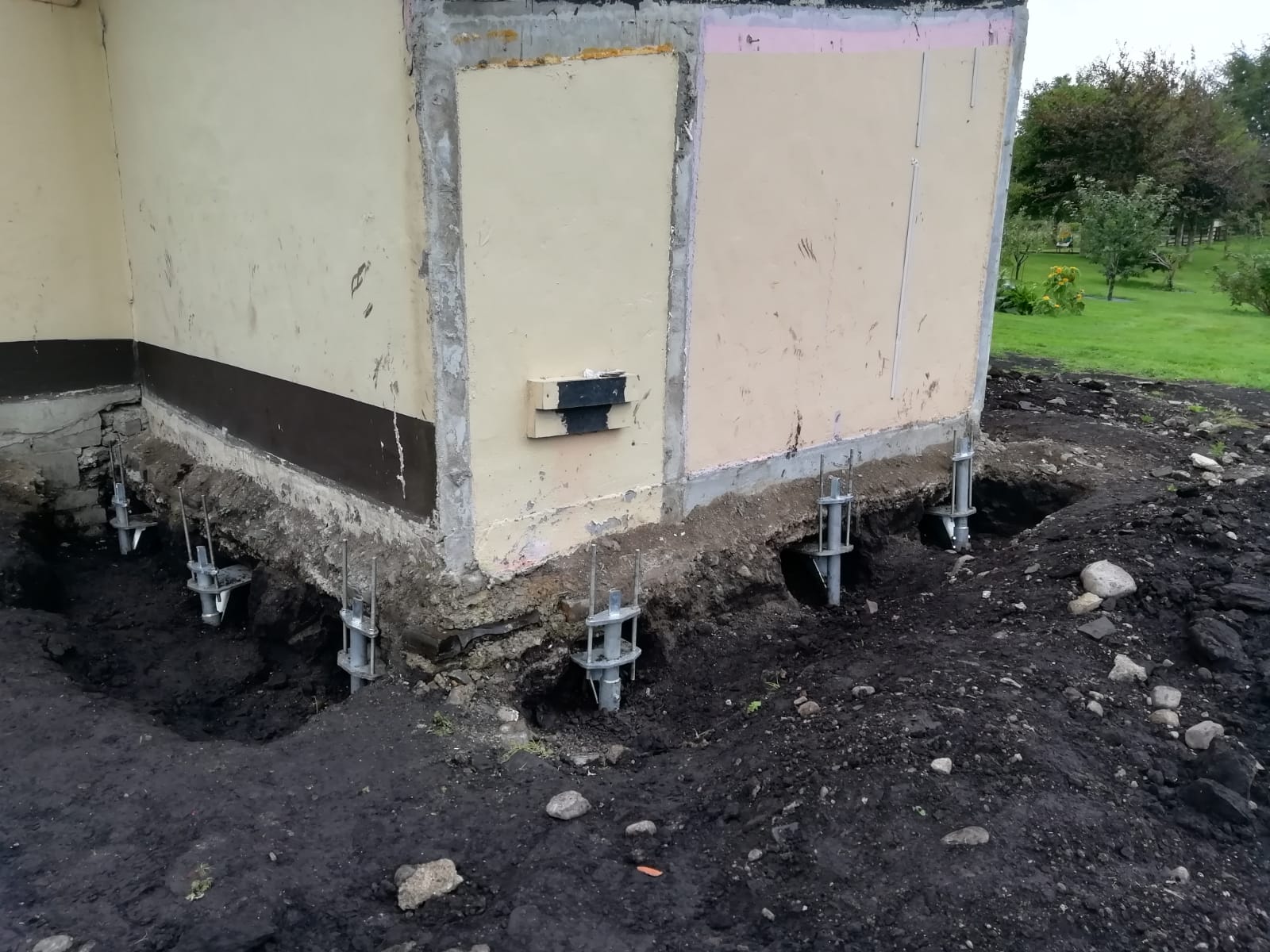Excavations for foundations are conducted and forms set out around them in order to define where liquid concrete will be poured and allowed to set. This approach is known as monolithic slab foundation. Find out more about Underpinning Melbourne.
Insulation
Insulating the exterior perimeter of a home with slab-on-grade foundations is vital in order to control heating costs, prevent cold floors from freezing over, and decrease the chances of pests nesting underneath the home.
Builders typically rely on foam insulation products like EPS, GPS or XPS to insulate the perimeter of slab-on-grade foundations. Builders may also utilize sprayable polyurethane foam (SPF) with adequate R-value and compression resistance to meet this application’s requirements.
Vapor barriers are also essential components of the system, since soil moisture migrates through concrete structures. This feature is especially important in cold climates to reduce frost heave risk. Builders also often utilize this technique when insulating interior vertical walls and the underside of slabs – typically done as part of high performance homes to meet energy efficiency and termite protection regulations; conventional insulation methods often don’t reach these areas due to access limitations.
Moisture
Moisture control for slab foundations must be addressed carefully. While concrete is relatively resistant to moisture intrusion, it still must dry sufficiently prior to installing floor coverings. Moisture issues may lead to delamination, mold growth, and adhesive failure of floor coverings installed over top.
Some methods of laying concrete can alter its moisture content, including altering its water to cement ratio, using self-desiccant products or controlling ambient conditions. Such tactics could slow the drying process or block capillaries that help release excess moisture from beneath a slab foundation.
One drawback to a slab foundation is its design, as plumbing and gas lines are embedded within concrete, making access difficult in case they break or need replacing, increasing repair costs. Furthermore, termites or other pests may gain entry through its walls, leading to higher costs of maintenance as well as decreasing its resale value.
Crawl Space
Pro: Concrete slab foundations require less maintenance than other foundation types, are less susceptible to moisture damage and radon gas leakage, and require fewer repairs overall. However, slab foundations don’t feature crawl spaces or basements so there won’t be room to store items beneath your home.
Cons: Due to being enclosed by concrete, plumbing lines can be hard to access when they require repair, making leaking pipes hard to access for repair. A leaking pipe can create serious health risks as well as lead to skyrocketing energy costs.
A slab foundation may not be ideal in regions prone to soil shifting or earthquakes due to shallow footings that don’t extend beneath frost line; this can cause cracking and shifting within the foundation itself.
If you opt for a slab foundation, make sure your footings are at least six inches thick – consult with a contractor in your area to help find an optimal thickness. Also take caution if planting trees close to the foundation as their roots could penetrate concrete and put pressure on its core.
Plumbing
No matter if you are building from the ground up or updating plumbing upgrades, having the correct contractor working on your slab foundation is crucial to avoid expensive repairs in the future. Your local structural engineer and licensed home inspection team are key players here, helping make sure that depth measurements for plumbing installations are observed to avoid unnecessary costs in repairs later.
With a concrete slab foundation, plumbing pipes are typically subterranean and concealed beneath its surface. This makes leakage harder to find, leading to issues like soft spots in flooring surfaces, high water bills, foul smells or damage to foundation.
Slab foundations often require costly jackhammering in order to access pipes for repairs, which is both messy and expensive. Because of this issue, many may seek alternatives such as crawl space or basement foundations which allow them to have more comfortable homes while simultaneously cutting energy costs.
